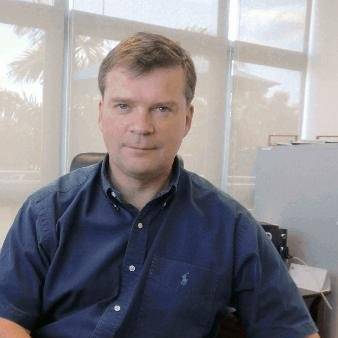WSS Continues Growth in Asia Pac
Wilhelmsen Ships Service (WSS) has reported year-on-year growth in South East Asia - despite what WSS Area Director Niall Denholm describes as a ‘stressed market’ for the shipping industry.
“Our products and services portfolio is expanding, and we see that our business within the region has continued to grow, largely due to the investment we have made across Asia Pac in terms of capability, network offices and staffing”, he said.
Denholm, who has responsibility for WSS South East Asia, said that he and his team observed record numbers of port calls and product sales in 2011 despite harsh economic conditions.
“Freight rates are struggling, as an over-capacity of tonnage is further hit by global recession. The trend we are seeing is procurement departments purchasing essential ‘must have’ consumables, which has had a knock-on effect on the profile of fast and slow moving stock in our warehouse and logistics operations,” he said.
“The general cruise sector in Asia is picking up, and we now get more calls across the area,” he continued. “We expect this will increase when Singapore’s new International Cruise Terminal at Marina Bay Sands is operational and more and larger vessels calling in at this port.”
Denholm said that he is also seeing an increase in coal and mineral liftings excluding SE Asia.
“The offshore business is already strong in Singapore, and we expect to see additional opportunities for Vietnam and Thailand,” he said. “So, the outlook for Asia Pacific is looking generally positive. However, with bunker prices currently at approx $750/t and the drive to cut fuel costs already in progress, we should expect slow steaming in the dry and wet trade sectors. In addition, a number of operators are looking at regular hull cleaning in attempts to reduce fuel consumption.”
Denholm said he expects that growth will be sustained, although perhaps not at the same rate as 2011.
“In general, the Port of Singapore remains a busy international hub, with around 1,000 vessels within port boundaries at any one time, and a ship movement in or out of port every 2-3 minutes,” said Denholm.” Although prospects for SE Asia are good, it is expected that at some stage, further tonnage will need to be taken off line (recycled or laid up). Asian economies are growing, and more European-based companies are moving into this region, not just due to cost pressures, but also to increase their presence in this region.”











